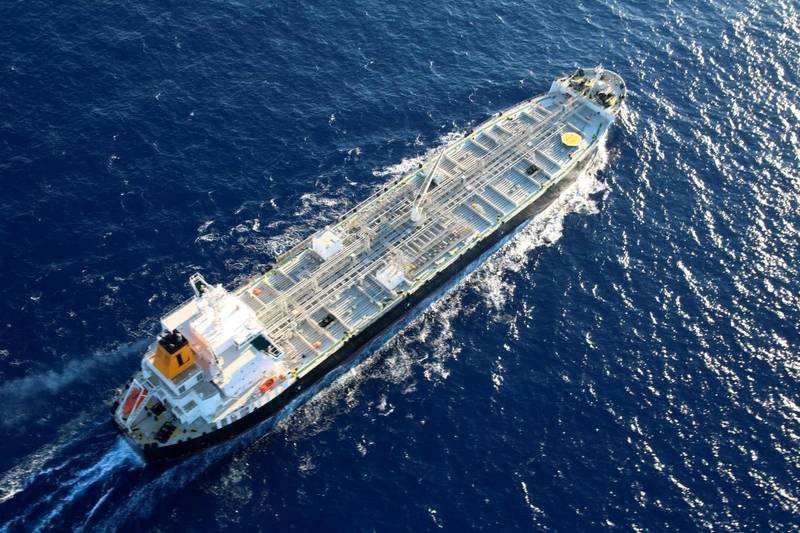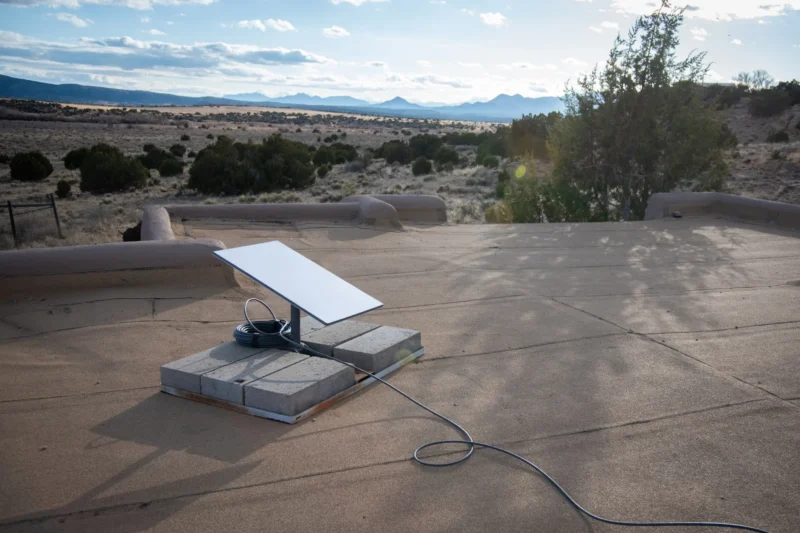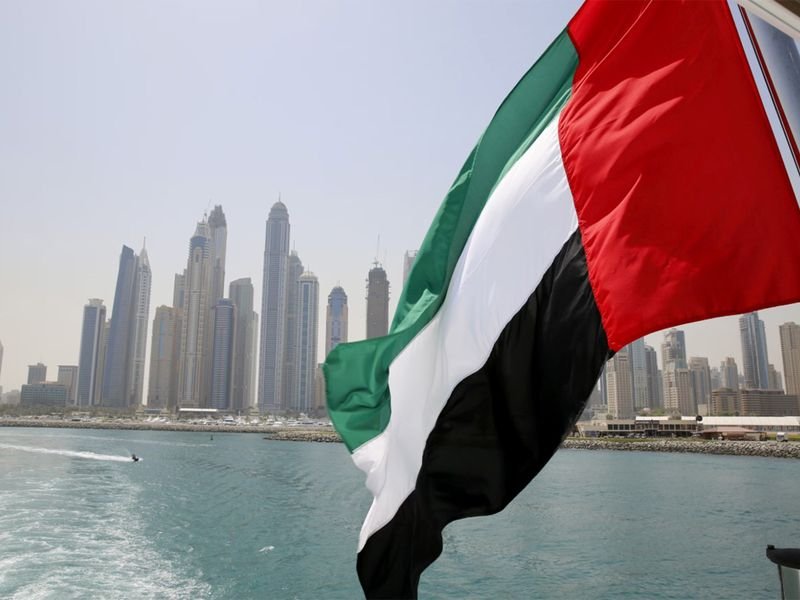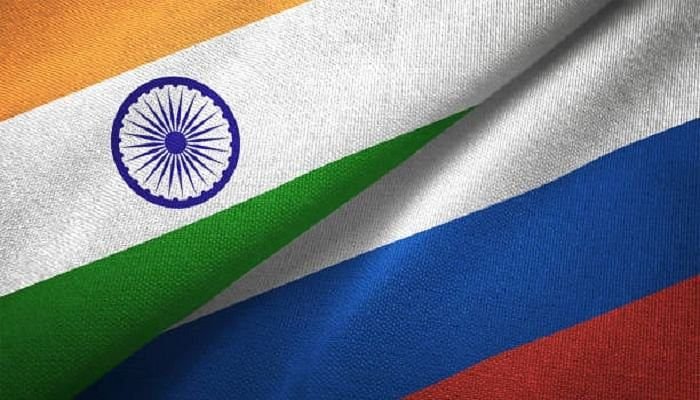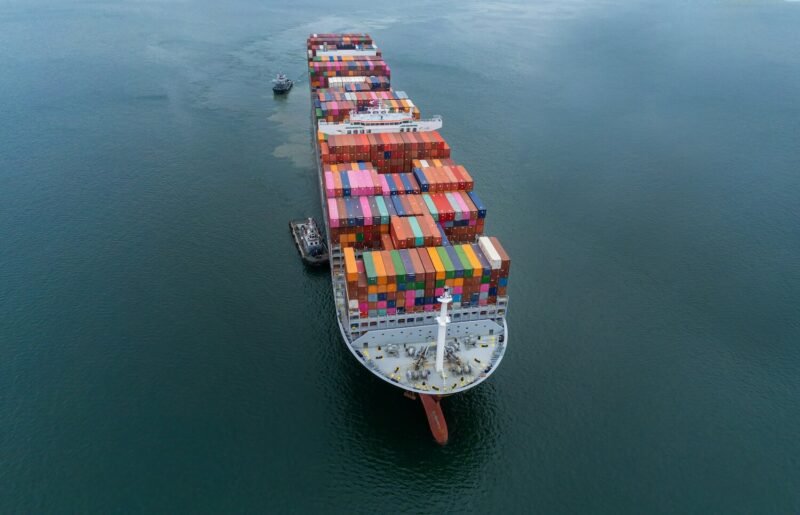The Vendée Globe, a non-stop singlehanded round the world race, has seen an average of only 60% of competitors finishing in the past nine editions. Many retirements are due to technical issues, while others are forced to pull out or continue with significant damage from collisions. However, in the upcoming race departing on November 10th, most IMOCAs competing will be equipped with state-of-the-art equipment from SEA.AI to help prevent such incidents.
SEA.AI will be used for the second time in this edition of the Vendée Globe, providing advanced technology to aid sailors in maintaining a constant watch for potential collision threats. Traditionally, IMOCAs have relied on radar and AIS (automatic identification system) for this purpose. Radar can detect targets at medium to long range, but is limited by conditions like rain and sea state, while AIS transponders on vessels may not always be operational.
While radar and AIS displays overlaid on electronic charts offer valuable assistance in identifying potential threats at sea, they are not foolproof. Despite their capabilities, there are still instances where these systems may fail to detect hazards. As sailors prepare for the challenging race ahead, the use of SEA.AI technology will play a crucial role in enhancing safety and navigation during the Vendée Globe.







